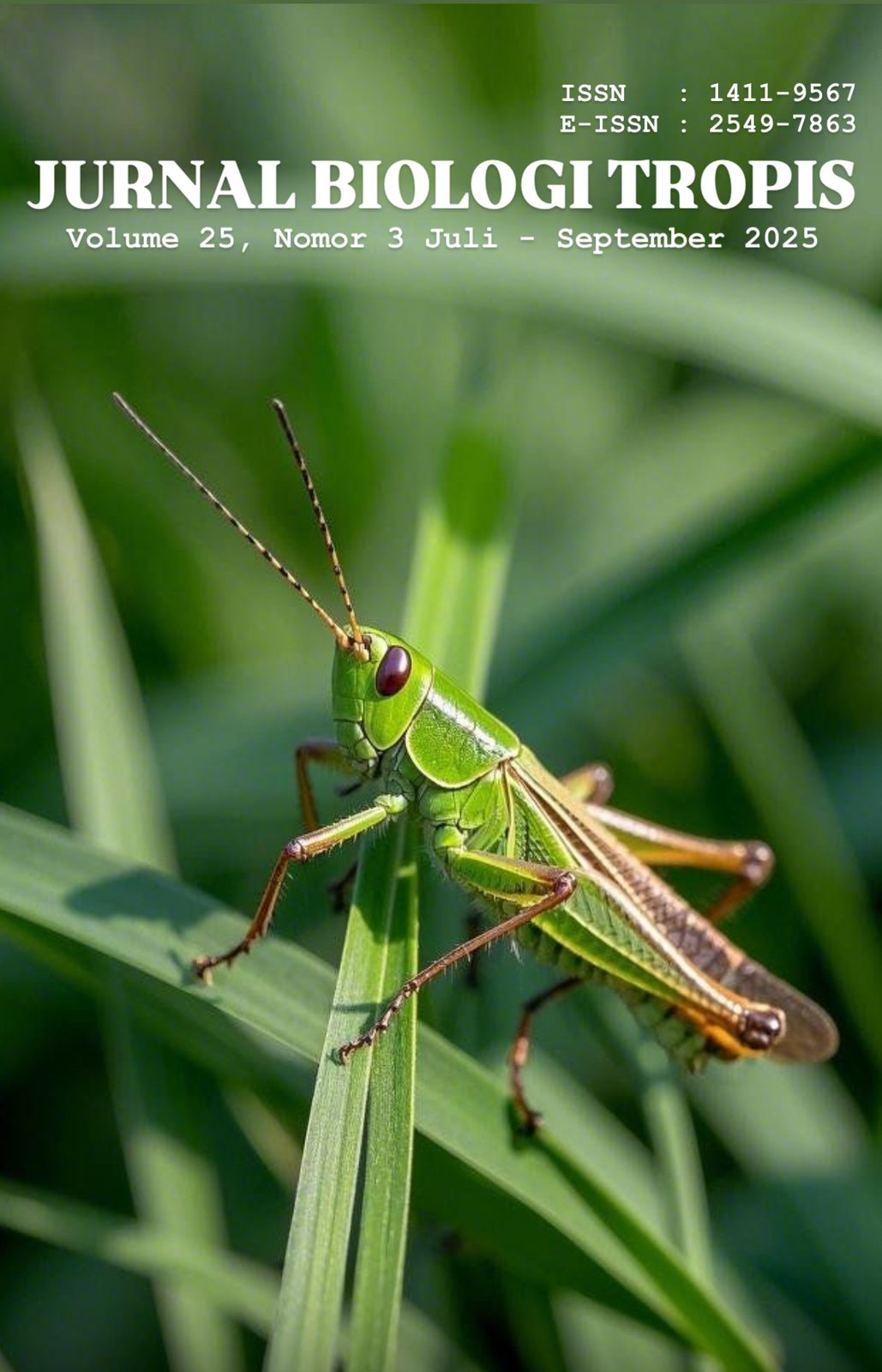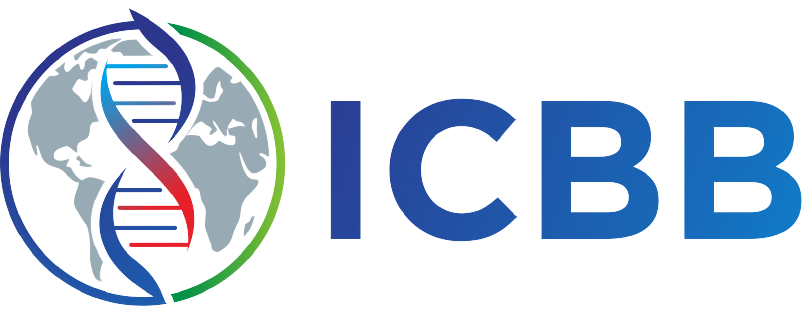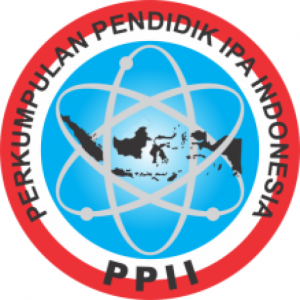In Silico Evaluation of Typhonium flagelliforme Fatty Acids for Cdc25B Inhibition and Chemotherapy Synergistic Potential
Authors
Baiq Risky Lisnasari , Selvira Anandia Intan MaulidyaDOI:
10.29303/jbt.v25i3.9319Published:
2025-07-15Issue:
Vol. 25 No. 3 (2025): Juli-SeptemberKeywords:
Cancer, Cdc25B, computational study, Typhonium flagelliforme.Articles
Downloads
How to Cite
Downloads
Metrics
Abstract
Typhonium flagelliforme exhibits cytotoxic activity against various cancer cell lines, including breast cancer. This study employed an in silico approach to evaluate the potential interaction or synergy between its fatty acid derivatives—2-octenoic acid and 2-hexenoic acid—and standard cytotoxic agents in breast cancer therapy. SwissTargetPrediction was used to identify the putative molecular targets of the compounds. Molecular docking was performed against phosphatase Cdc25B (PDB ID: 1CWR) using CB-Dock2, and pharmacokinetic properties were evaluated using SwissADME. Both 2-octenoic acid and 2-hexenoic acid were predicted to target Cdc25A and Cdc25B, which are key regulators of cell cycle progression. Molecular docking revealed binding affinities of −4.42 and −4.60 kcal/mol, respectively, compared to −5.97 kcal/mol for the native inhibitor NSC 663284. These compounds shared multiple key residues in the binding pocket, although they formed fewer hydrogen bonds. Pharmacokinetic predictions showed high gastrointestinal absorption, blood–brain barrier permeability, and no inhibition of major cytochrome P450 enzymes, suggesting minimal interaction with the metabolic pathways of standard chemotherapeutics. The results suggest that T. flagelliforme metabolites may not interfere with cytotoxic drug metabolism but could provide a synergistic effect by targeting cell cycle regulators.
References
Aarón, RH., Sheila, CM., Emmanuel, GPJ., Oscar, JG., Aurelio, LM., Ismael, MCJ. (2025). In Silico strategies for drug discovery: optimizing natural compounds from foods for therapeutic applications. Discover Chemistry. 2(133). https://doi.org/10.1007/s44371-025-00201-3
Al-Matouq J, Holmes TR, Hansen LA. (2019). CDC25B and CDC25C overexpression in nonmelanoma skin cancer suppresses cell death. Molecular Carcinogenesis. 58: 1691-1700. https://doi.org/10.1002/mc.23075
Daina, A., Michielin, O. & Zoete, V. (2017). SwissADME: a free web tool to evaluate pharmacokinetics, drug-likeness and medicinal chemistry friendliness of small molecules. Sci Rep, 7, 42717. https://doi.org/10.1038/srep42717
Daina, A., Michielin, O., and Zoete, V. (2019). SwissTargetPrediction: updated data and new features for efficient prediction of protein targets of small molecules. Nucl. Acids Res. 47(W1), W357-W364.
Dakilah, I., Harb, A., Abu-Gharbieh, E., El-Huneidi, W., Taneera, J., Hamoudi, R., Semreen, MH., Bustanji, Y. (2024). Potential of CDC25 phosphatases in cancer research and treatment: key to precision medicine. Front. Pharmacol., 15:1324001. doi: 10.3389/fphar.2024.1324001
Ferreira, L. G., dos Santos, R. N., Oliva, G., & Andricopulo, A. D. (2015). Molecular docking and structure-based drug design strategies. Molecules, 20(7), 13384–13421. https://doi.org/10.3390/molecules200713384
Huang, Z., Xu, L., Wu, Z., Xiong, X., Luo, L., Wen, Z. (2024). CDC25B Is a Prognostic Biomarker Associated With Immune Infiltration and Drug Sensitivity in Hepatocellular Carcinoma, International Journal of Genomics, 8922878, 19 pages, 2024. https://doi.org/10.1155/2024/8922878
Kabakci, Z., Käppeli, S., Cantù, C. et al. (2019). Pharmacophore-guided discovery of CDC25 inhibitors causing cell cycle arrest and tumor regression. Sci Rep 9, 1335. https://doi.org/10.1038/s41598-019-38579-7
Krüger, A., Gonçalves Maltarollo, V., Wrenger, C., & Kronenberger, T. (2020). ADME Profiling in Drug Discovery and a New Path Paved on Silica. IntechOpen. doi: 10.5772/intechopen.86174
Liu, K., Zheng, M., Lu, R. et al. (2020). The role of CDC25C in cell cycle regulation and clinical cancer therapy: a systematic review. Cancer Cell Int 20, 213. https://doi.org/10.1186/s12935-020-01304-w
Liu, Y., Yang, X., Gan, J., Chen, S., Xiao, Z-X., Cao, C. (2022). CB-Dock2: improved protein–ligand blind docking by integrating cavity detection, docking and homologous template fitting, Nucleic Acids Research, 50(1), 159–164, https://doi.org/10.1093/nar/gkac394
Maha HL, Fidrianny I, Satrialdi, Suciati T (2023) An updated review of Typhonium flagelliforme: phytochemical compound, pharmacological activities and the use of vitexin and isovitexin as flavonoid compound in cosmetics development. Pharmacia 70(3): 673-680. https://doi.org/10.3897/pharmacia.70.e106092
Ng KW, Tan SF, Looi SY, et al. (2023). Preclinical anticancer activity of Typhonium flagelliforme (Lodd.) Blume and its potential mechanism: A systematic review. Journal of Traditional Chinese Medical Sciences, 10(4): 403-414. https://doi.org/10.1016/j.jtcms.2023.09.009
Obuotor TM, Kolawole AO, Apalowo OE, Akamo AJ. (2021). Metabolic profiling, ADME pharmacokinetics, molecular docking studies and antibacterial potential of Phyllantus muellerianus leaves. ADV TRADIT MED (ADTM). 23(2):427–42. doi: 10.1007/s13596-021-00611-5. Epub 2021 Sep 16. PMCID: PMC8444527.
Prabhu, PP., Mohanty, B., Lobo, C.L. et al. (2024). Harnessing the nutriceutics in early-stage breast cancer: mechanisms, combinational therapy, and drug delivery. J Nanobiotechnol 22, 574. https://doi.org/10.1186/s12951-024-02815-8
Sianipar, NF., Assidqi, K., Hadisaputri, YE., Salam, S., Purnamaningsih R., and So, IG. (2023). Mutant Plant Tipobio Variety of Rodent Tuber (Typhonium Flagelliforme): Fatty Acids Compounds and in Vitro Anticancer Activity. E3S Web of Conf., 388 (2023) 01032. DOI: https://doi.org/10.1051/e3sconf/202338801032
Sung, H., Ferlay, J., Siegel, R. L., Laversanne, M., Soerjomataram, I., Jemal, A., & Bray, F. (2021). Global cancer statistics 2020: GLOBOCAN estimates of incidence and mortality worldwide for 36 cancers in 185 countries. CA: A Cancer Journal for Clinicians, 71(3), 209–249. https://doi.org/10.3322/caac.21660
Sur, S., Agrawal, D.K. (2016). Phosphatases and kinases regulating CDC25 activity in the cell cycle: clinical implications of CDC25 overexpression and potential treatment strategies. Mol Cell Biochem 416, 33–46. https://doi.org/10.1007/s11010-016-2693-2
Swain, D., Pushpalatha, G., Bordoli, M.J., and Das, P. (2021). Identification of phytochemicals and anticancer activity of ethanolic extract from the tubers of Typhonium flagelliforme (Lodd.). International Journal of Botany Studies, 6(4), 765-771.
Tufail M, Cui J, Wu C. (2022). Breast cancer: molecular mechanisms of underlying resistance and therapeutic approaches. Am J Cancer Res. 15;12(7):2920-2949. PMID: 35968356; PMCID: PMC9360230.
Wang, B., Gong, Q., & Chen, F. (2023). CDC25A inhibition suppresses cell proliferation and induces G1/S phase cell cycle arrest in nasopharyngeal carcinoma. Molecular Medicine Reports, 27, 109. https://doi.org/10.3892/mmr.2023.12996
Yang X, Liu Y, Gan J, Xiao ZX, Cao Y. (2022). FitDock: protein-ligand docking by template fitting. Brief Bioinform. 23(3):bbac087. doi: 10.1093/bib/bbac087. PMID: 35289358.
License
Copyright (c) 2025 Baiq Risky Lisnasari, Selvira Anandia Intan Maulidya

This work is licensed under a Creative Commons Attribution 4.0 International License.

Jurnal Biologi Tropis is licensed under a Creative Commons Attribution 4.0 International License.
The copyright of the received article shall be assigned to the author as the owner of the paper. The intended copyright includes the right to publish the article in various forms (including reprints). The journal maintains the publishing rights to the published articles.
Authors are permitted to disseminate published articles by sharing the link/DOI of the article at the journal. Authors are allowed to use their articles for any legal purposes deemed necessary without written permission from the journal with an acknowledgment of initial publication to this journal.


























